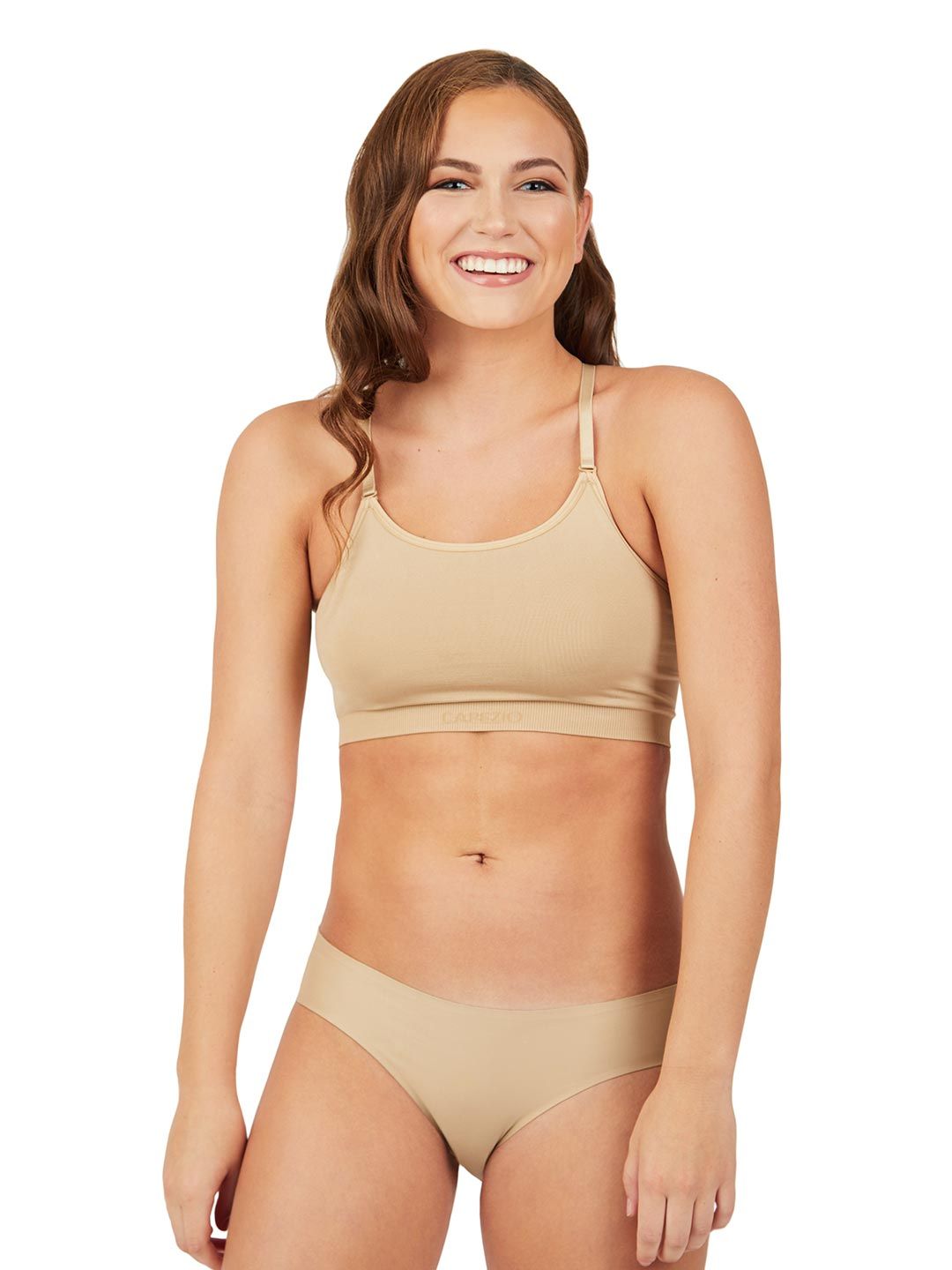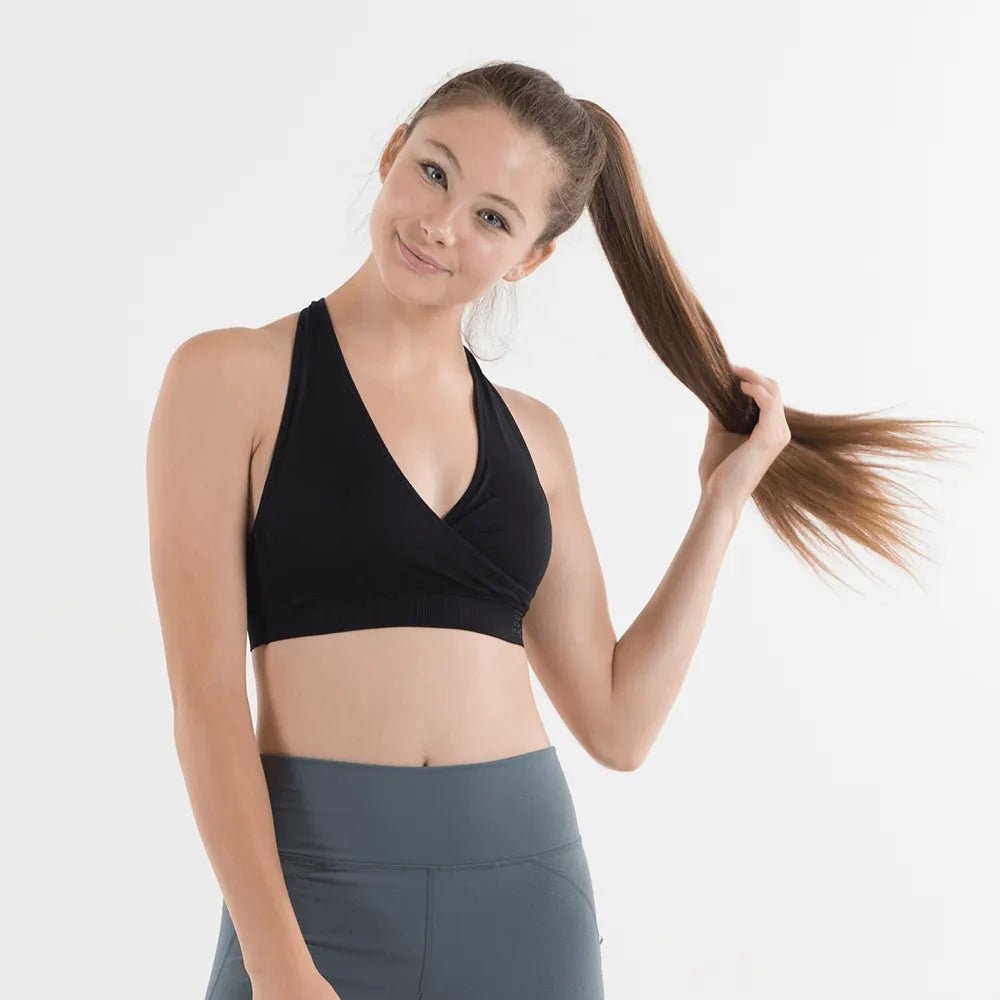Finding the Perfect First Bra: A Guide for Tweens and Parents
This moment arrives quietly, a subtle shift from childhood into a new phase of growth. The search for the first bra is more than a practical errand; it’s a significant step in a young person’s journey towards self-understanding and body confidence. For parents, it’s an opportunity to provide support, information, and reassurance. The goal is to navigate this transition with sensitivity and knowledge, focusing on comfort, fit, and positive reinforcement. The world of bras for tweens is specifically designed to meet the unique needs of developing bodies, offering support without the structure of adult lingerie. This guide will walk you through every consideration, from recognizing the right time to understanding the different styles available, ensuring that this first foray into intimate apparel is a positive and empowering experience for everyone involved.
Recognizing the Signs: Is It Time for a First Bra?
The question of “when” is often the first hurdle. There is no universal age, as development varies greatly from one individual to another. Typically, this stage begins between the ages of 8 and 14, but the physical signs are more reliable indicators than a calendar. Parents might notice their child becoming more self-conscious, perhaps hunching their shoulders or wearing baggy clothing to conceal budding breast tissue, known medically as breast buds. The child themselves may express discomfort during physical activities or mention feeling soreness or tenderness in the chest area. It’s crucial to approach this topic with openness. A simple, casual conversation can open the door. You might say, “I noticed you’ve been growing lately. Some girls your age start thinking about wearing a camisole or a light bra for comfort. What do you think?” This frames the idea not as a necessity born of inadequacy, but as a normal, comfortable option. The initial styles of bras for tweens are often soft, wireless, and resemble camisoles or tank tops, making the transition feel less abrupt. The primary objective at this stage is to provide a layer of comfort and coverage that respects the sensitivity of developing tissue, building a foundation of body positivity from the very start.

Understanding the Options: A World Beyond Lace and Underwire
The array of choices can be overwhelming, but understanding the basic categories demystifies the process. The key is to start simple and prioritize softness and flexibility. The first and most common type is the training bra or bralette. These are essentially the introductory models of bras for tweens. They are typically made from stretchy, seamless fabrics like cotton blends, feature no underwire, and have simple, adjustable straps. Their purpose is to offer minimal support and coverage, acclimating the wearer to the feeling of a garment without constriction. Another excellent option is the sports bra. Even if the child isn’t heavily involved in athletics, a soft, lightweight sports bra can be an ideal first choice. It provides gentle compression and security, which can be reassuring. As development progresses, styles like the soft-cup bra become relevant. These have defined cups but remain wire-free, offering more shaping than a bralette while maintaining comfort. It is scientifically advised to avoid underwire bras during early development. As noted by health experts, restrictive underwires can impede natural growth and circulation. The focus should always be on garments that move with the body, not against it. Introducing the concept of bras for tweens as tools for comfort, rather than aesthetic objects, sets a healthy precedent for how intimate apparel is viewed in the long term.

The Fitting Process: More Than Just a Number
A proper fit is non-negotiable. An ill-fitting bra can cause discomfort, poor posture, and even skin irritation. The process of finding the right size for bras for tweens should be collaborative and stress-free. Begin by measuring the band size: using a soft measuring tape, measure snugly around the ribcage, directly under the bust. This measurement in inches is often the band size. Then, measure around the fullest part of the chest. The difference between this measurement and the band size indicates the cup size (a 1-inch difference is an A cup, 2 inches a B cup, and so on). However, with growing bodies, these measurements can change quickly. Therefore, the “fit test” is more important than rigid numbers. The band should be snug on the loosest hook, allowing room for growth and comfortable breathing. The straps should stay in place without digging into the shoulders. The fabric should lie smoothly against the skin without gaping or spillage. As the famous lingerie expert Jene Luciani, author of “The Bra Book,” has stated, “The center gore of the bra—the part between the cups—should lie flat against your breastbone. If it’s pulling away, the cup size is likely too small.” This is a valuable tip to remember. The goal is to find a fit that feels like a second skin—present but not punitive.
Building Confidence and Open Communication
The emotional aspect of this journey is as important as the physical one. Purchasing the first bra can be a source of anxiety or embarrassment for a tween. Parents and guardians play a critical role in shaping this experience into a positive one. Frame the shopping trip as a special, milestone event. Perhaps it’s followed by a favorite lunch or activity. Let the tween lead the way in terms of style and color preferences within the appropriate categories. This empowers them and gives them a sense of control over their own body. Use accurate anatomical language and normalize the changes they are experiencing. Open communication helps demystify puberty and reinforces that these changes are natural and healthy. This is also a prime opportunity to discuss body safety and privacy in an age-appropriate manner. The right bras for tweens do more than cover the body; they can be a catalyst for building self-esteem. When a young person feels comfortable and supported in their clothing, it translates into greater confidence in their daily life. This foundation of trust and open dialogue will be invaluable as they navigate the more complex challenges of adolescence.

Care and Maintenance: Extending the Life of the Garment
Introducing good habits early on ensures that these delicate garments last longer and remain hygienic. Explain that bras for tweens, like any specialized clothing, benefit from proper care. Ideally, they should be hand-washed in cool water with a mild detergent. If machine washing is necessary, using a lingerie bag on a gentle cycle is essential to prevent straps from snagging and elastic from degrading. Bras should always be air-dried; the high heat of a dryer breaks down the spandex and elastic components, causing them to lose their shape and support quickly. It’s also advisable to have a rotation of two or three bras. Wearing the same bra day after day strains the fabric and elastic. Allowing a bra to “rest” for a day between wears helps it regain its shape. Teaching these care routines is not just about preserving clothing; it’s a lesson in responsibility and valuing one’s possessions. It also reinforces the idea that these items are personal and deserve attention, further normalizing them as a regular part of a wardrobe.

Navigating the first bra experience is a shared journey of growth, understanding, and practical action. By focusing on comfort, fit, and open communication, this milestone becomes a positive building block for a young person’s self-image. The right bras for tweens provide the physical comfort needed for an active life and the emotional reassurance that their changing body is normal and supported. This thoughtful approach lays the groundwork for a lifetime of making informed, confident choices about intimate apparel and body awareness.






